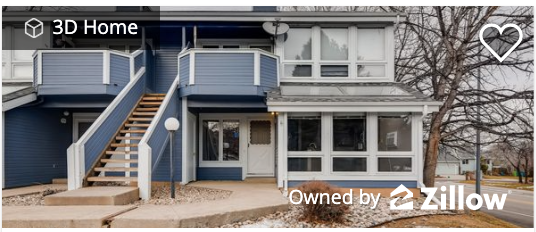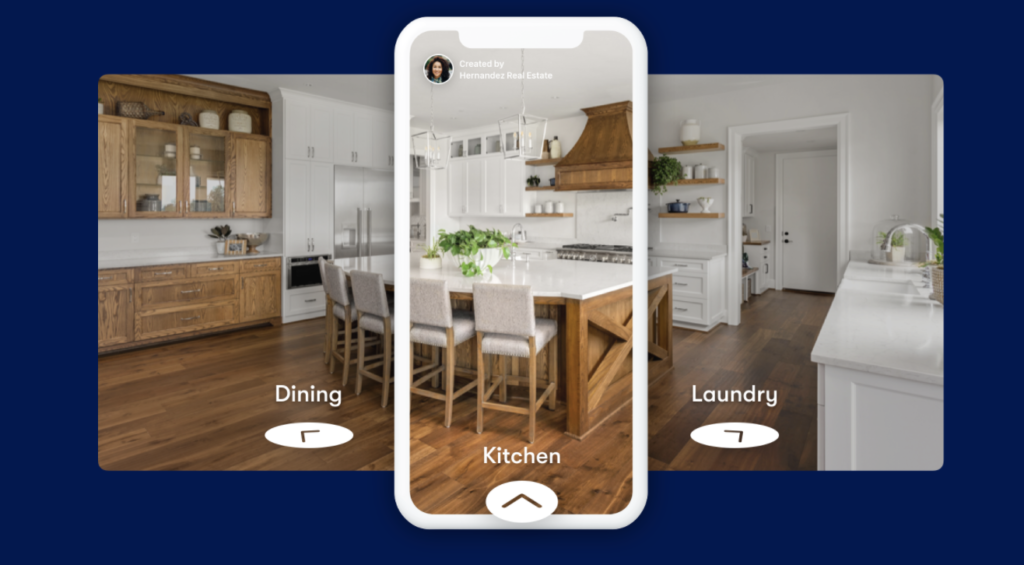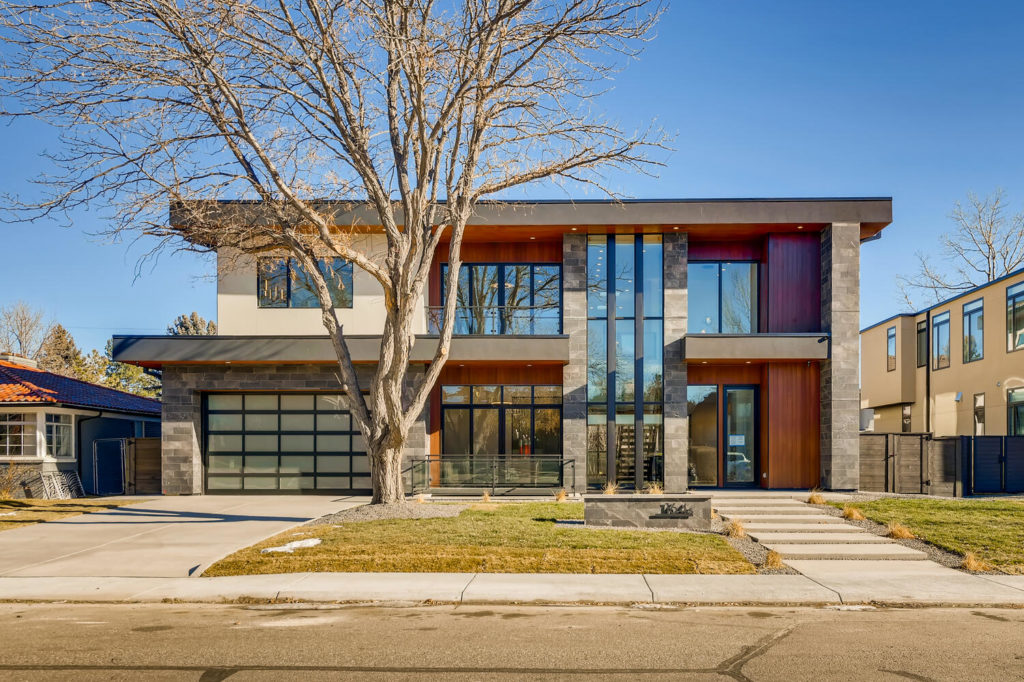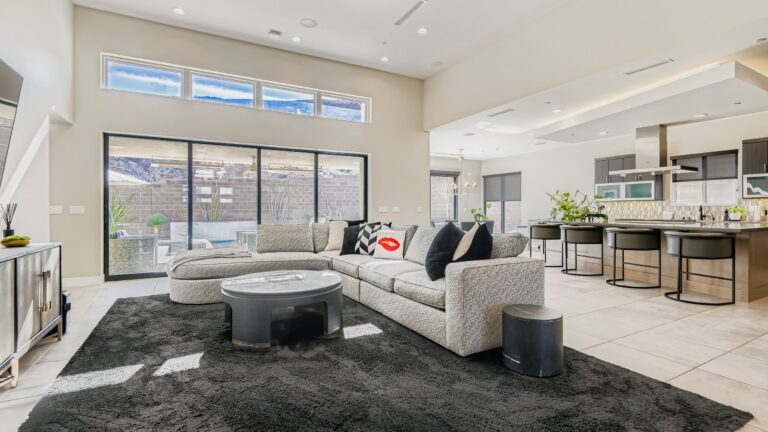Real estate agents use different marketing strategies to promote their listings online. The dip in showings and open houses in 2020 prompted real estate agents to get creative with advanced technology and marketing tools. Virtual tours have been used for many years to market properties. However, the popularity of virtual tours significantly increased in 2020 due to the pandemic.
Recent survey analysis suggests that one-third of home tour requests are now virtual tours, which is a significant increase from the previous 2% recorded before 2020.
With the rise in popularity of virtual tours, it’s essential to understand the benefits of using a virtual tour for your listing. It’s also important to understand the differences between virtual tour solutions and how to choose the right solution for your business.
What is a virtual tour?
A virtual tour allows buyers to virtually walk through a listing without physically being in the home. The technology is simple and consists of a series of images stitched together to create one cohesive visual experience. Most virtual tour platforms have prompts on the screen, allowing viewers to click around the room and even “walk” to the next room.
What are the advantages of using a virtual tour for a listing?
Virtual tours offer several advantages to all parties in the home buying/selling process. A virtual tour can alleviate the number of in-person showings a seller may encounter. It can also attract the right buyers, which helps sell the listing faster.
Below are more advantages to using a virtual tour solution for your next listing:
Virtual tours reduce wasted time on site
As mentioned above, a virtual tour can reduce the need for open houses and in-person showings. This enhancement can drastically decrease the time spent physically touring a home by buyer’s agents, buyers, and sellers. After a buyer views a listing through a virtual tour, they can then decide to see the home in-person if it’s a good match.
With virtual tools available to buyers, the buyer’s agent is less likely to schedule several physical showings a day.
Virtual tours attract out of town buyers
There was a massive push in 2020 towards remote work nationwide, with nearly 70% of employees shifting to a work from home lifestyle. As more companies adopted the “work from home” business model, homeowners started reevaluating where they lived.

In 2020, there was a spike in people moving from larger cities to more affordable neighborhoods without worrying about a long commute due to remote work. People can also freely move out of state, so virtual tours are more helpful than ever before. Home sellers have a larger buyer pool and can attract out of town buyers by marketing their listing nationwide with a virtual tour solution.
Virtual tours have a preference on third-party websites
Some third-party listing sites give preference to listings that feature a virtual tour. This algorithm adds value and a better user experience for buyers. More buyers are expecting to see listings with a virtual tour. This expectation is one reason why listing sites like Zillow add a 3D tour icon to any listing featuring a virtual tour.

Suppose homebuyers are expecting most listings on third-party sites to feature a virtual tour. In that case, sellers are just as likely to expect their real estate agent to offer this marketing enhancement.
Virtual tours help real estate agents stand out
When home sellers search for a real estate agent to hire, they want someone who has the marketing finesse and tools to help them sell their home for top dollar. A real estate agent who offers virtual tours as part of their listing marketing tools stands out among their competition. Even if a home seller has no desire to use a virtual tour to market their home, knowing that they have the option is reassuring.
Real estate agents secure most new clients through valuable referrals. When agents offer advanced marketing solutions, like virtual tours, they are more likely to gain new business from their referral network.
What should you look for in a virtual tour solution?
There are several virtual tour solutions available to real estate agents and home sellers. While many solutions are similar, there are noticeable differences to consider when choosing a virtual tour solution.
Quality is always a factor when selecting any marketing solution. When multiple virtual tour solutions offer the same quality product, consider other product attributes. Some virtual tour platforms offer free hosting fees for a limited time only, while others like Zillow 3D Home has zero hosting costs for users.

Virtual tours and cost-effectiveness do not sound like they would go hand-in-hand, but now they do! To create a virtual tour once meant using expensive, heavy cameras, but that is no longer the case. With continuous advancements in technology, 3D tour solutions like Zillow 3D Home tours are incredibly affordable for real estate agents.
Real estate agents should also consider other factors when finding a virtual tour solution, including data reporting, online reach, quality of the product, and effort required.








